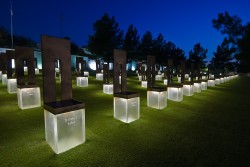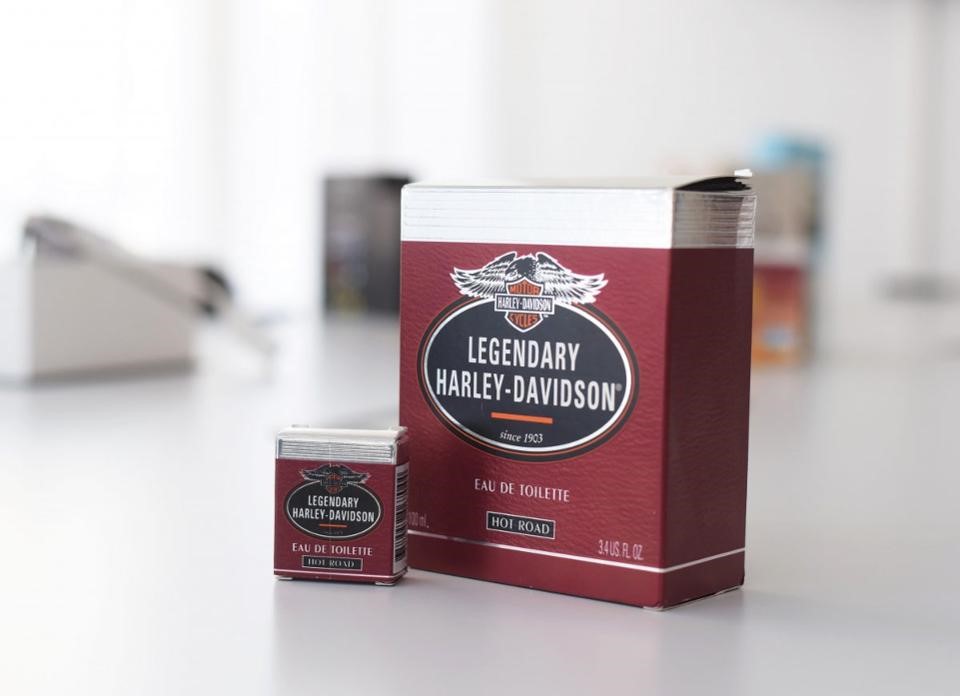The Guatemala Experience
The building was shabby, and there were no obvious luxuries, but the children were happy, well-fed, and well-clothed. They instantly recognized that the visitor was special because he reached out to touch their hands and quickly moved to giving loving bear hugs. They loved him, especially those with special needs. My friend Matt was a special needs teacher, and these children in an orphanage in Antigua, Guatemala, didn’t care that his Spanish was limited. He brought a bit of excitement and true affection into their day. This visit was one of many magic moments Matt, his wife Sandy, and I shared during a two week visit to Guatemala. Our primary purpose in visiting was to be immersed in Spanish, but we also were immersed in the culture and sought opportunities to mingle with the people and see the beauty of this small Central American country.
I had never studied Spanish before, but I had studied German, Russian, and Latin, so I had some background in learning a language. I also had taught English as a Second Language to college students of all nationalities, so I thought I brought some idea of language structure to this adventure that would serve me well in studying Spanish. I learned some Spanish certainly, but I also learned to appreciate how challenging it is to immerse yourself in a foreign culture and language.
I lived with a family in a neat little house across the street from my friends and the family they joined. The first night my hosts had a birthday party for a little one who delighted in hitting the beautiful piñata family members dangled from the roof over the patio. There was abundant food, and all the relatives came to share in the celebration. It didn’t matter that I didn’t speak the language; it was so much fun. Other dinners were not as comfortable; people tried their best to communicate with me, but my small vocabulary failed me and had to be replaced by my friendliest smile. I had a private bedroom, but unfortunately, I shared it with the nightly deluge of cockroaches coming from the floor drain. The best I could do to be a polite guest was to see ways I could help around the house and pitch in.

During the weekdays, we went to school in the mornings. The school had a large foyer which opened up to a veranda that went around a large courtyard. Little rooms around the veranda served as individual classrooms. My teacher’s name was Jenny, and she was really good at teaching Spanish. She had a few books and a board for writing words and grammar illustrations. I discovered later that she actually did speak a little English, but she used every means possible to avoid its use. I appreciated what my students had gone through in the United States. I couldn’t wait to meet with my friends and speak English during the breaks. I tried to distract my instructor by begging to go shopping or walking in the park. I couldn’t believe that I was using the same ploys that my students had tried to use on me. It was hard work! In spite of my best efforts to the contrary, I still learned a good amount of Spanish.
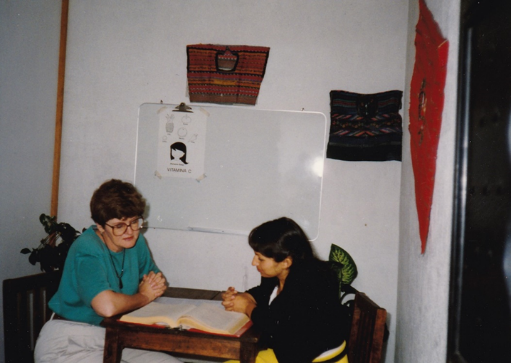
Our first weekend in Antigua, we decided to take an excursion to Tikal National Park, which covers 220 square miles and includes awe-inspiring ruins of an ancient Mayan city. We flew into Tikal, which has its own air strip, in a small plane. I was paired with a young woman who was terrorized by the thought that our room might have bats and slept with her head under the covers all night, but we got along just fine as roommates. The park has a variety of wildlife including spider monkeys and howler monkeys who were uncomfortably comfortable mingling with the tourists. The ancient city was discovered in the 1840s covered with growth from the tropical rainforest. There is evidence of agriculture in the area as early as 1000 B.C. and major construction from 400-300 B.C. The site was abandoned late in the 10th century. Visitors could still climb the stairs of an ancient temple or see one of several sports arenas. There are thousands of structures, and many have been uncovered first by teams from the University of Pennsylvania and then by the Guatemalan government. We spent a whole day exploring and only saw part of the huge city. It was an enjoyable adventure which I would highly recommend.
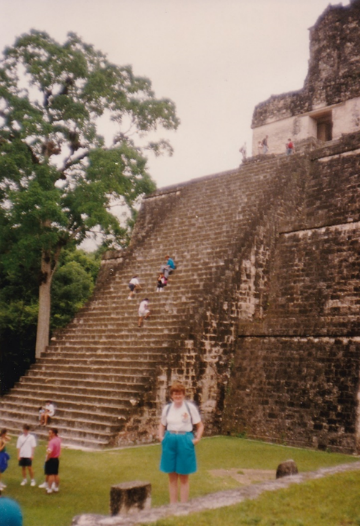
We did extensive exploring in Antigua after school. We were warned against being out after dark unless we used taxis to get around, but we used our daylight hours well to visit shops, churches, and museums. One day we decided to use one of the local buses to visit a nearby town, San Andres Ixtapa, which we were told was a most interesting place to visit–and it didn’t disappoint. We went to a shrine of a deity known locally as San Simon (sometimes called Maximon in other communities). San Simon is thought to originate from a Mayan god, Mam. In front of the site that houses the effigy is a courtyard where offerings of whole, raw eggs were being burned to honor the god; the smell was not pleasant. Inside, the image of San Simon sits, dressed like a cowboy. Worshippers leave offerings of bottles of alcohol, tobacco, and money at his feet. Who collected all these gifts, I never found out.
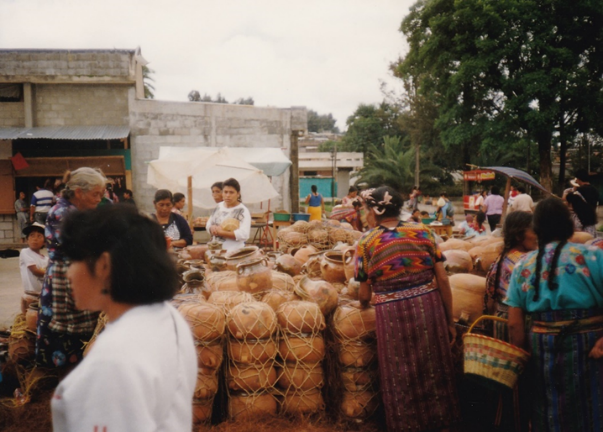
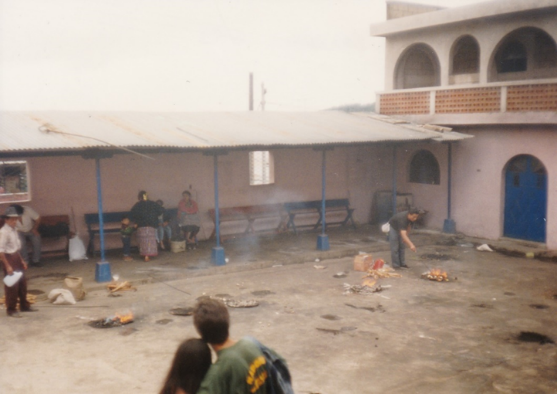
One afternoon we went on a bicycle tour into the countryside. The lush green landscape was magnificent, and the fields carved out of the forests looked fruitful. We rode up to a tobacco farm where the owner was outside preparing for some upcoming festival. A marimba band was setting up and practicing, which really set the atmosphere for a celebration. The owner kindly invited us in to have a cup of coffee in the dining room of his large home. He told us about a place on his farm where hieroglyphics could be seen and offered to guide us to the site. He didn’t know the possible age and history of the marks, but they were exciting to see as was the tour of his tobacco farm. I remembered some older TV coffee ads with a character named Juan Valdez (a fictional coffee farmer from Colombia), and this farmer looked just like him.
Two weeks flew by on this trip, and even though the trip home was the trip from hell (came down with a nasty cold, experienced a long delayed landing at O’Hare, cringed at my vandalized car in Chicago, was shocked at home to learn the dog had died, etc.), the trip still stands out among the best, most educational, and enjoyable trips I’ve ever taken. The people were friendly, the culture was unique and interesting, and adventures were there for the taking! Unfortunately, even though Guatemala is not on the list of countries to avoid, the threat today of violent crime is rated by the U.S. government as “critical.” The buses we traveled on are prone to attacks; frequent demonstrations often turn violent; the zika virus is a concern; and drug lords cause many problems. It is sad that the atmosphere has changed for the worse because Guatemala is a beautiful, interesting country.
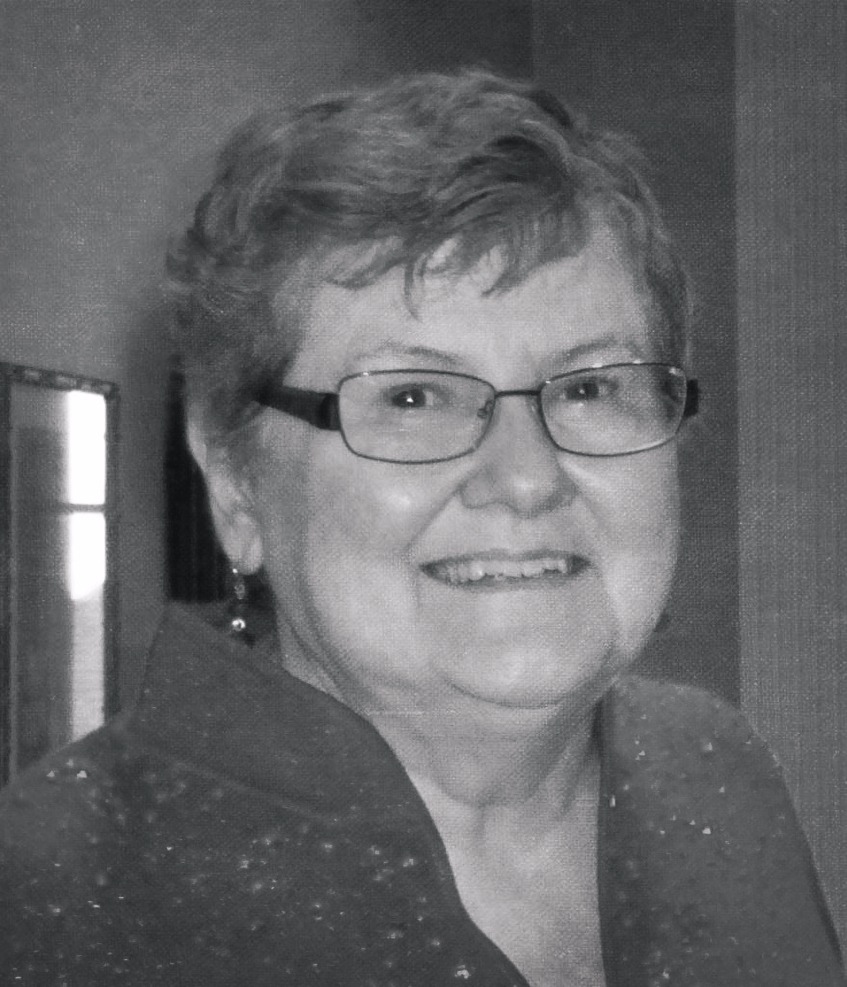
Diane Repass is a retired tenured assistant professor
from The University of Dubuque and now a beloved
writer for Plaid Swan Inc. She received her M.A. from
The University of Northern Iowa in Cedar Falls, Iowa.











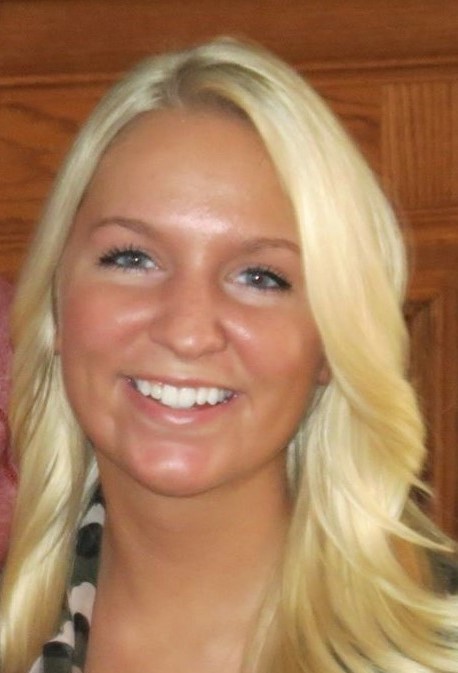 -Haley Corkery │ Public Relations Specialist
-Haley Corkery │ Public Relations Specialist





